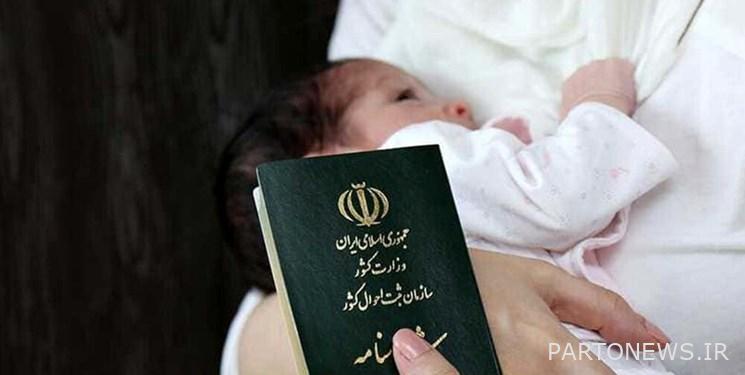What is the age difference between Iranian children and their mothers? / The fertility pattern has changed

Life group: Registration statistics indicate a decrease in fertility rates. These days, the fertility rate in the country is around 1.7 children per woman of childbearing age, which is far from the replacement rate in the country, and this issue has sounded the alarm bells of the population in the country.
One of the issues that has caused the mentioned number in the fertility rate is the increase in the age of marriage, as well as the delay in the birth of the first child and, of course, the other children. There is a statistic that says that on average, every couple decides to have children 5 years after marriage.
In this statistical report, we examine the statistics that show how much there was a desire to have children in each age group and at what age most children are born to a mother.
Fertility rate ups and downs
Until 1398, the fertility rate in the country had ups and downs and depending on different conditions, it experienced increases and decreases. In 1392, the fertility rate increased significantly and increased. This year, 2.07 children were born for every woman of childbearing age. This number compared to 1.75 children in previous years. But since then, the rate has been steady and steadily declining. Currently, some researchers consider the fertility rate in the country to be 1.7 and others to be 1.6 and even 1.5.
Decreased fertility at all ages
According to national statistics, the age pattern of fertility indicates a decrease in total fertility at all ages. Statistics related to 1398 show that the age group of 20-24 years, 25-29 years and 30-34 years are facing fertility decline. As it turns out, these age groups are all young, and this shows a change in attitudes toward childbearing and its appropriate age in the young.

Increasing age of marriage and secondary infertility
One of the serious factors in lowering the fertility rate is the rising age of marriage, which is due to other factors such as cultural status and view of marriage, economic status and livelihood, including the costs of marriage, employment, housing and ….
Meanwhile, the rising age of marriage has created another problem called infertility. So that now there are about three and a half million infertile couples in the country. Considering that the best medically fertile age is 20 to 25 years and after 2 to 29 years; Increasing the age of marriage also causes secondary infertility. Secondary infertility means that a couple, despite having one or two children, enters a larger or more risky age range for more children, thus losing their ability to have children.

What is the age difference between Iranian children and their mothers?
According to available statistics, in the age group (30-34) years, 40 about 40% of the total number of births of the third child and above; 35% of second-term births and about 20% of all first-time births occur.
In the age group (25-29), the number of first, second, third and higher births is close to each other, so that each of them constitutes about 30% of the births in this age group.
In the age group (20-24) most births are related to first-degree births and occur 15% and 10% of the total second and first births in this age group, respectively.
In the age group (40-44) only 5% of first, second and higher births occur; By this account, most births are in the 25-34 age group.
End of message /
.

